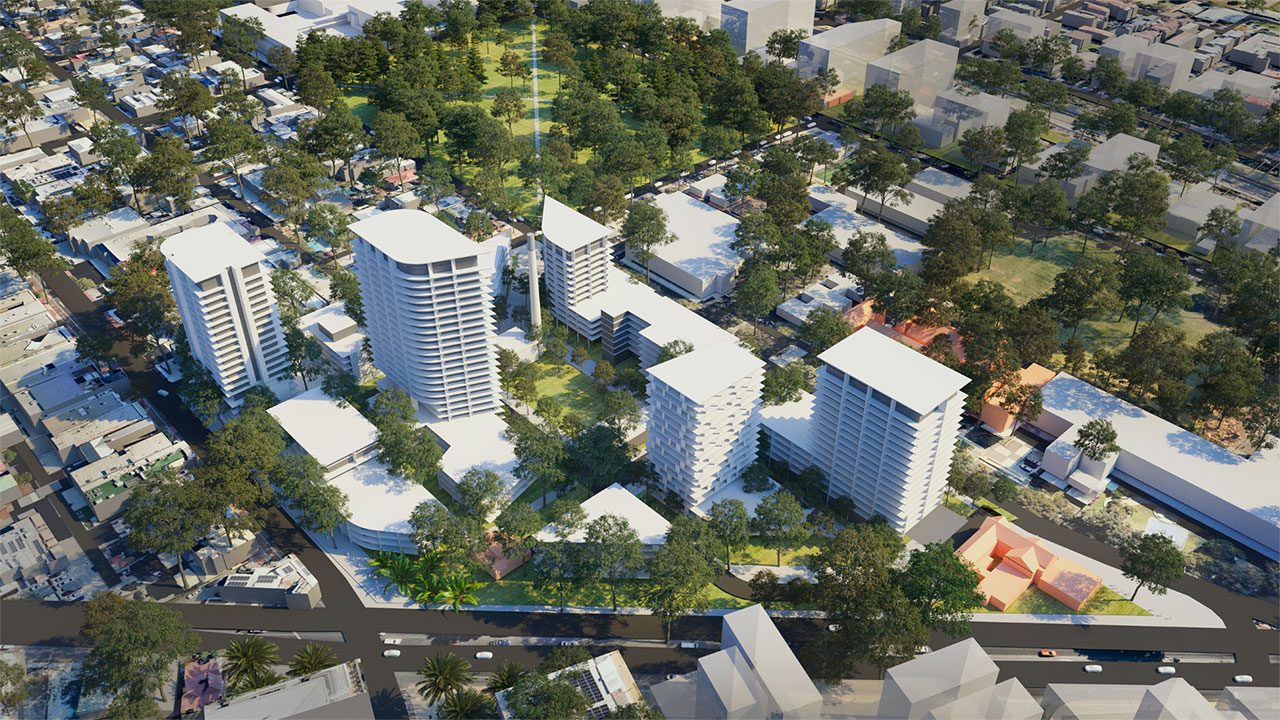This article is from the Australian Property Journal archive
THE draft master plan for the Subi East landmark development has been released. Western Australia’s most significant urban infill development is expected to include more than 2,000 dwellings and attract more than $1 billion in private sector investment.
The master plan provides the blueprint for revitalising the 35ha area between Subiaco Oval and the former Princess Margaret Hospital site, including land along the rail line at West Leederville Station, into an iconic inner-city village and new gateway to the Perth CBD.
Subi East is expected to generate 2,700 jobs during construction and more than 660 ongoing jobs once fully developed. The 20-year project will ultimately to be home to more than 4,000 people across more than 2,000 dwellings and provide over 7.5ha of public space.
Planning Minister Rita Saffioti said Subi East is one of the most significant urban infill redevelopments ever undertaken in WA.
“It will create a new gateway to the Perth CBD, building stronger links between West Leederville, Subiaco and West Perth – contributing to Perth’s continuing development as one of the world’s most liveable cities and creating thousands of local jobs in the process.
“Subi East will be an exciting and vibrant place to live, with great access to public transport, public open space and public education,” she said.
Meanwhile the government has also passed the Planning and Development Amendment Act 2020.
Under the historic planning reforms, applicants seeking approval for development proposals valued over $20 million in metropolitan Perth, or over $5 million in regional areas, can opt to have their proposal determined by the Western Australian Planning Commission.
Saffioti said the housing industry and home renovation sector are major employers and any measures to introduce more efficient approvals and expedite development will deliver significant benefits across the community.
“Cutting red tape and streamlining planning processes will reduce application costs for homeowners and alleviate the administrative and regulatory burden on local governments, saving time and money and providing extra capacity to support more strategic local planning,” the minister said.





